Norway is rich in history with important historical sites dating back to at least 6000 years BCE. Here are the eight sites listed by UNESCO:
1. Urnes Stave Church
Dating back to the mid 12th Century, Urnes Stave Church is one of the oldest wooden structures in the world. The building is decorated with mythological creatures, crucifixes and renderings of flora.
You can find this church in the Sognefjord area and is open to the public seven days a week.
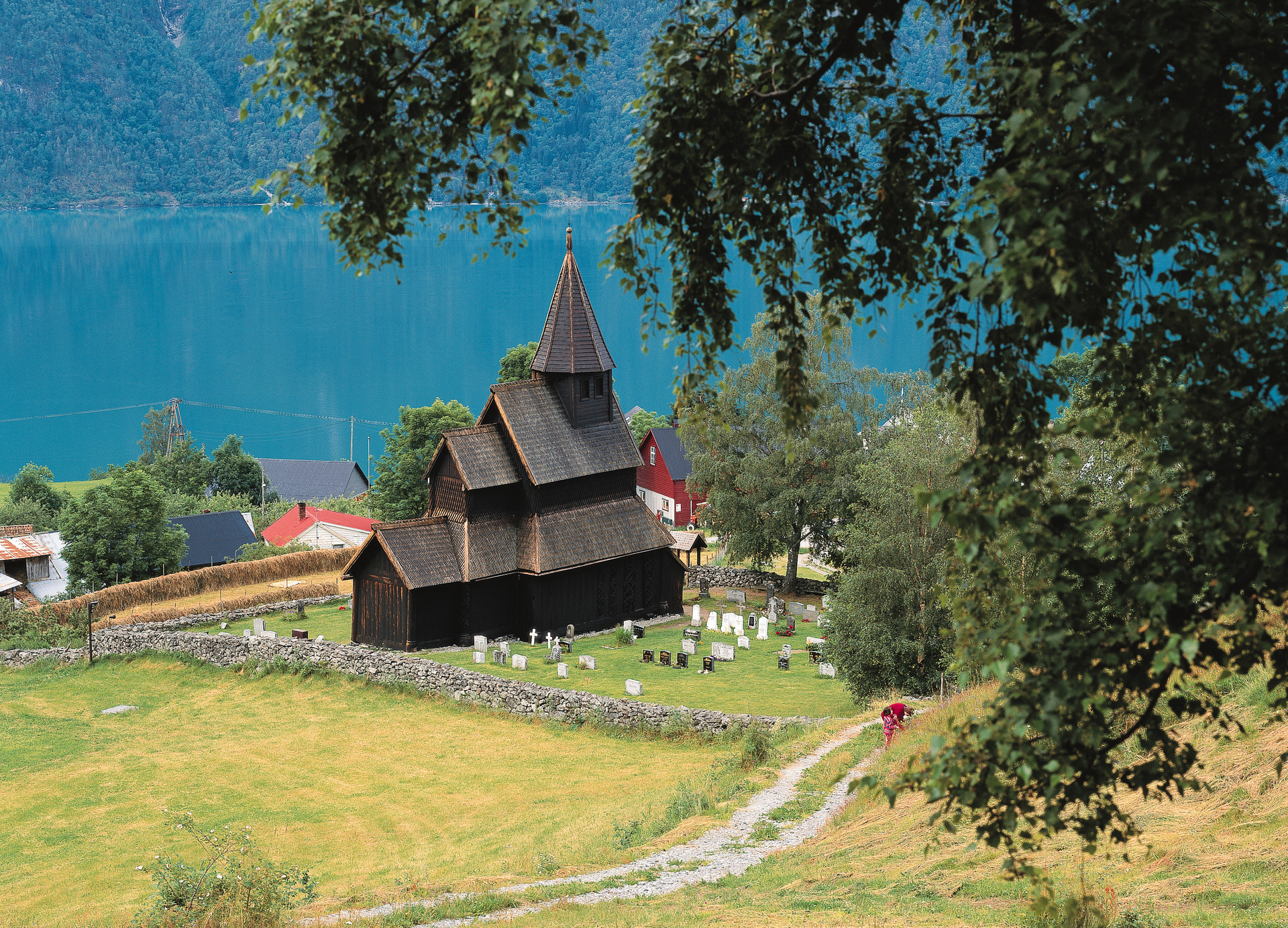
Urnes Stave church Luster in Sogn Per Eide VisitNorway.com
2. West Norwegian Fjords of Geraingerfjord & Nærøyfjord
Listed in 2005, these fjords were deemed by UNESCO to be of exceptional natural beauty. Carved by glaciers they are very photogenic and a big draw for tourism.
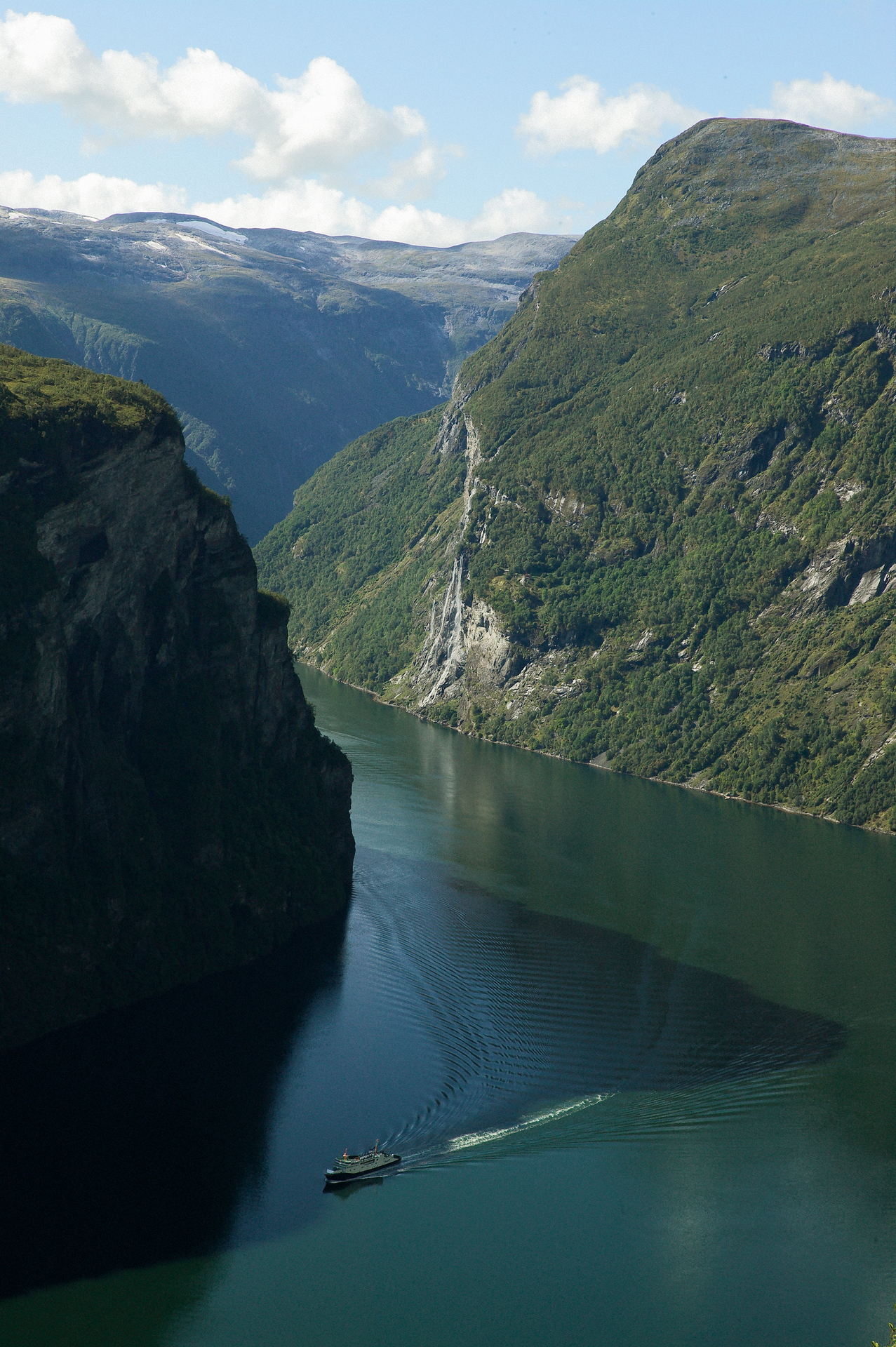
Geiranger Marte Kopperud VisitNorway.com
3. Bryggen in Bergen
Bergen dates back to 1070 when it was established by King Olaf III. Fron the 12th Century, Bergen began to be an important commercial town. For 400 years between the mid 14th Century and mid 18th Century, Bergen was the headquarters of the Hanseatic League where Norway, Germany and other nations conducted international trade. During WW II, the Norwegian resistance operated out of here until they were discovered by the occupying forces.
Today’s visitor can walk around the wooden structures of Bryggen and feel a sense of place.
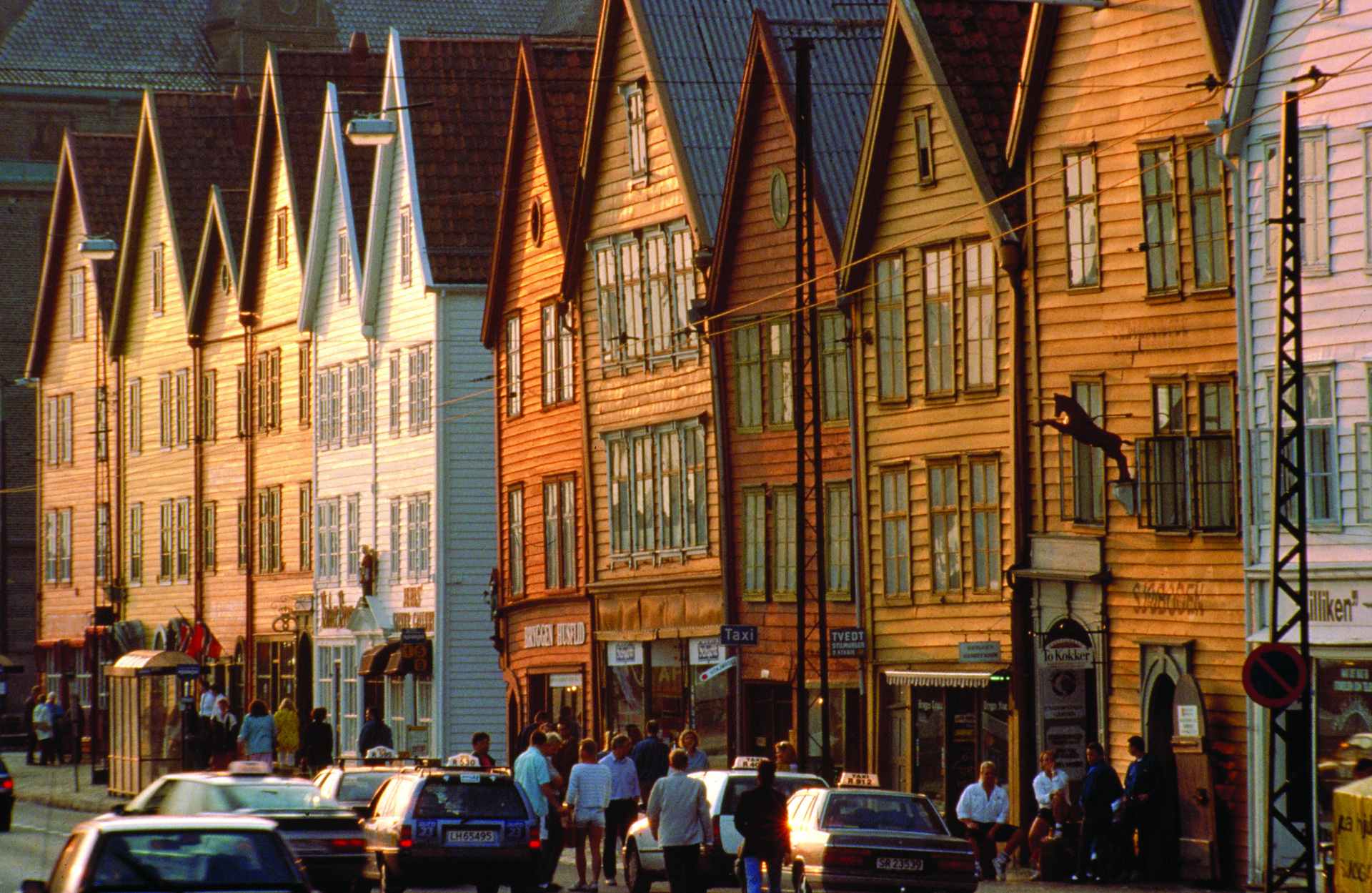
Bryggen Per Nybo VisitNorway.com
4. Røros Mining Town
When you visit Røros you may feel a sense of place of déjà vu. Disney visited the town when creating Frozen and were influenced by the buildings and traditional costumes when animating the motion picture. Historically, Røros is an important example of mining and agriculture, dating back over 333 years. Røros can be reached by train or car.
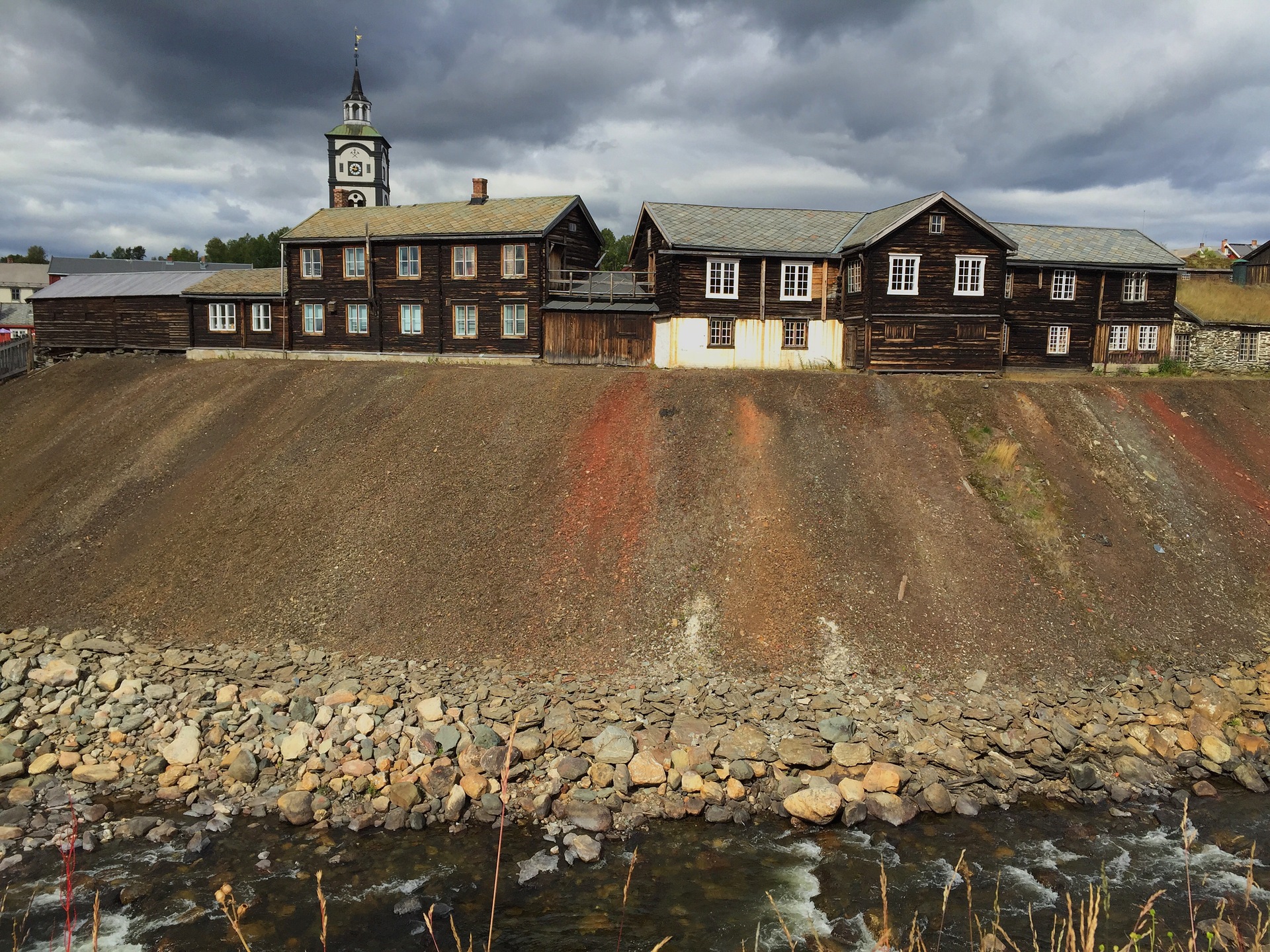
Roros Foap VisitNorway.com
5. Rock Art of Alta
Only discovered in 1973, the petroglyphs of Alta are the oldest of the manmade UNESCO sites dating back to at least 5000 years BCE. The carvings depict local wildlife and prey such as reindeer and elk. There are also petroglyphs depicting humans and religious symbols. This site was added to the UNESCO list in 1985.
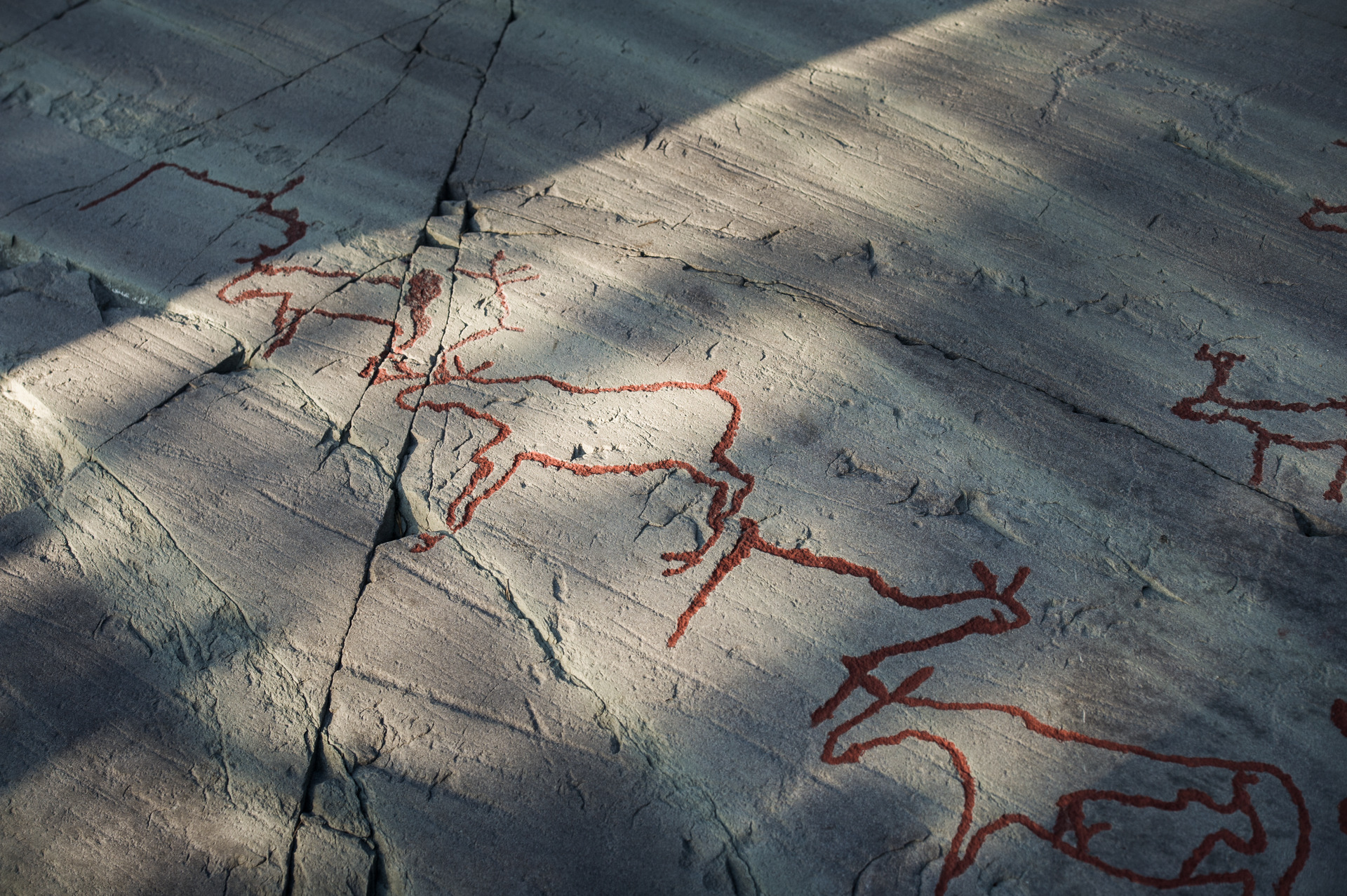
The Rock Carvings in Alta The Alta Museum CH VisitNorway.com
6. Vegaøyan – the Vega archipelago
This an important collection of over 6,500 islands which have been home to fishing communities for over 10,000 years. The modern communities maintain a way of life through sustainable fishing and harvesting of Eider ducks by local women.
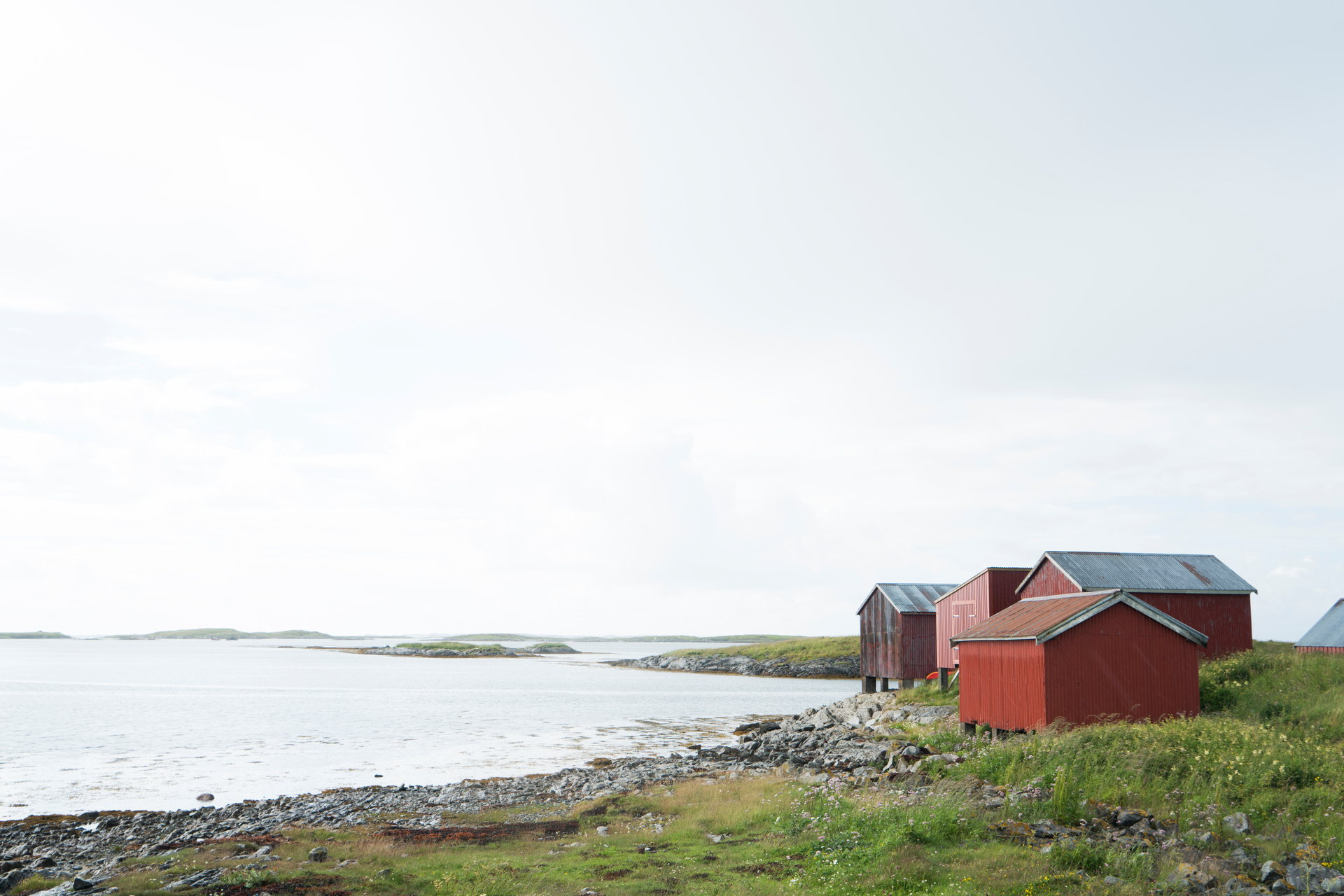
Vegaoyene Anton Ligaarden VisitNorway.com
7. Struve Geodetic Arc
First established in 1845, there are four points of German astronomer, Friedrich Struve’s experiment to map the shape and size with Norway. The whole experiment stretched from Hammerfest across Scandinavia and down to the Black Sea. There are 32 remaining points between the two points which were granted UNESCO status in 2005.
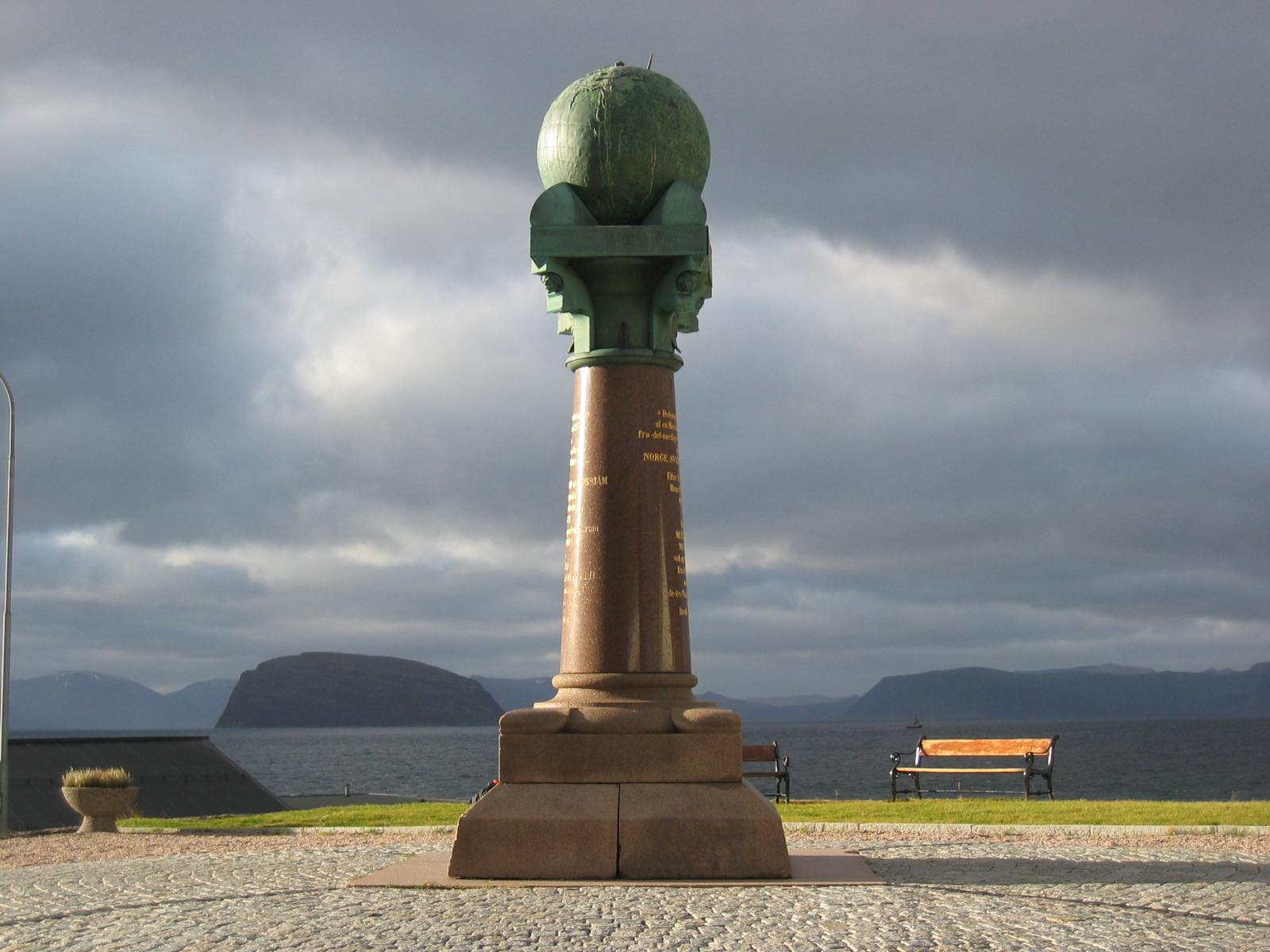
Stuve Geodetic Francesco Bandarin
8. Rjuken – Notodden Industrial Heritage Site
Found in Telemark, the cities of Rjuken and Notodden represent the evolution from coal powered energy to hydroelectric. There are remains of infrastructure from this evolution including dams. Tunnels and Power Stations. For the adventurous, you can walk up the longest staircase in Norway which consists of 4444 steps is adjacent to the pipework. To get there you can take the Lysebotn Ferry which run several times per day.
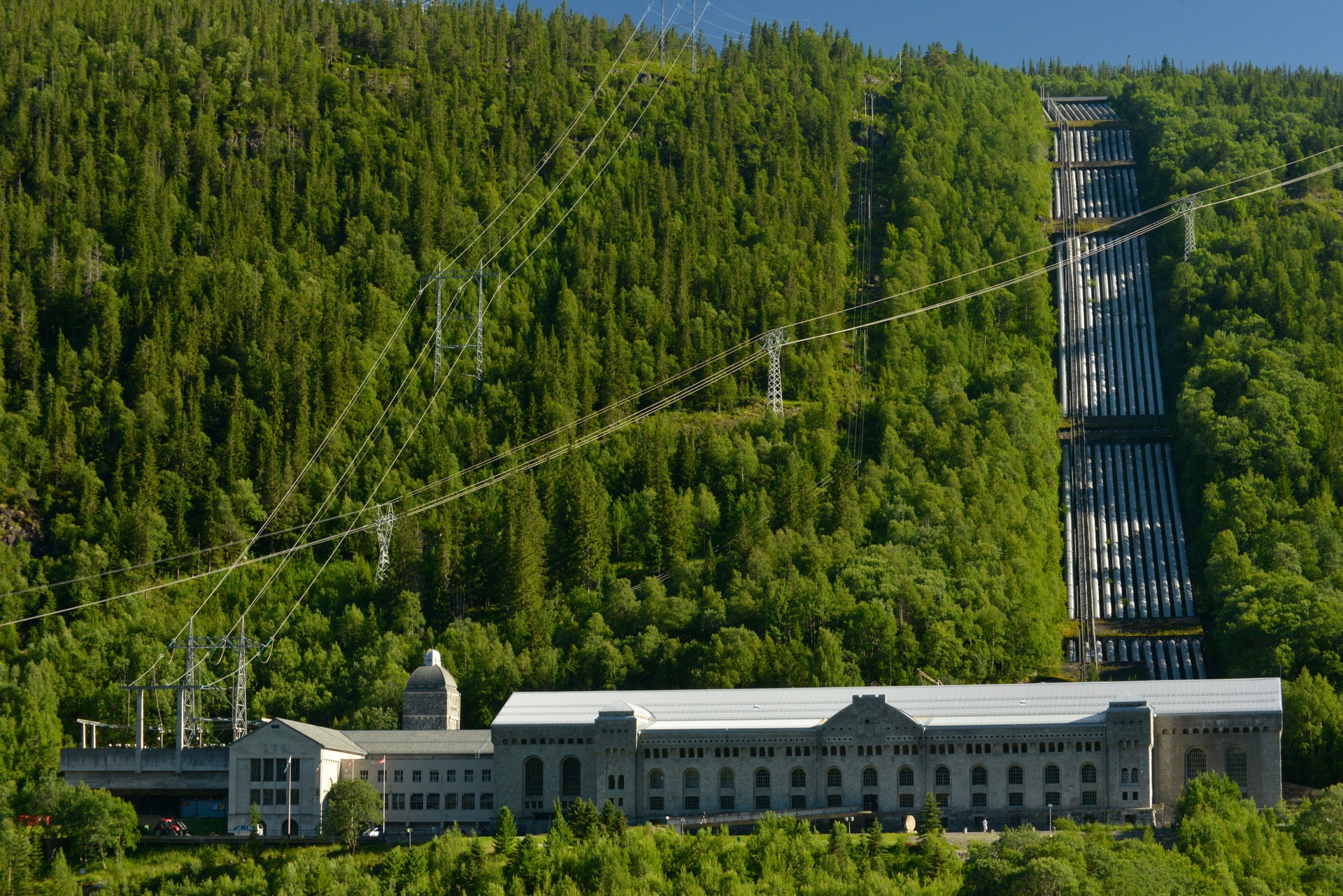
Vermork Rjukan Nancy Bundt VisitNorway.com
This entry was posted on Wednesday, October 22nd, 2025 at 2:20 pm; on the subject of Norway, UNESCO.